Himalayan Salt Lamps and the Myth of Negative Ions: A Chemist’s Perspective
Himalayan salt lamps do not release negative ions in any significant or scientifically measurable way and therefore do not provide the purported health benefits related to air purification or ion balancing. Claims that these lamps remove positive ions from the air or improve well-being by emitting negative ions are not supported by credible scientific evidence or basic chemical principles.
Understanding the Claims about Himalayan Salt Lamps
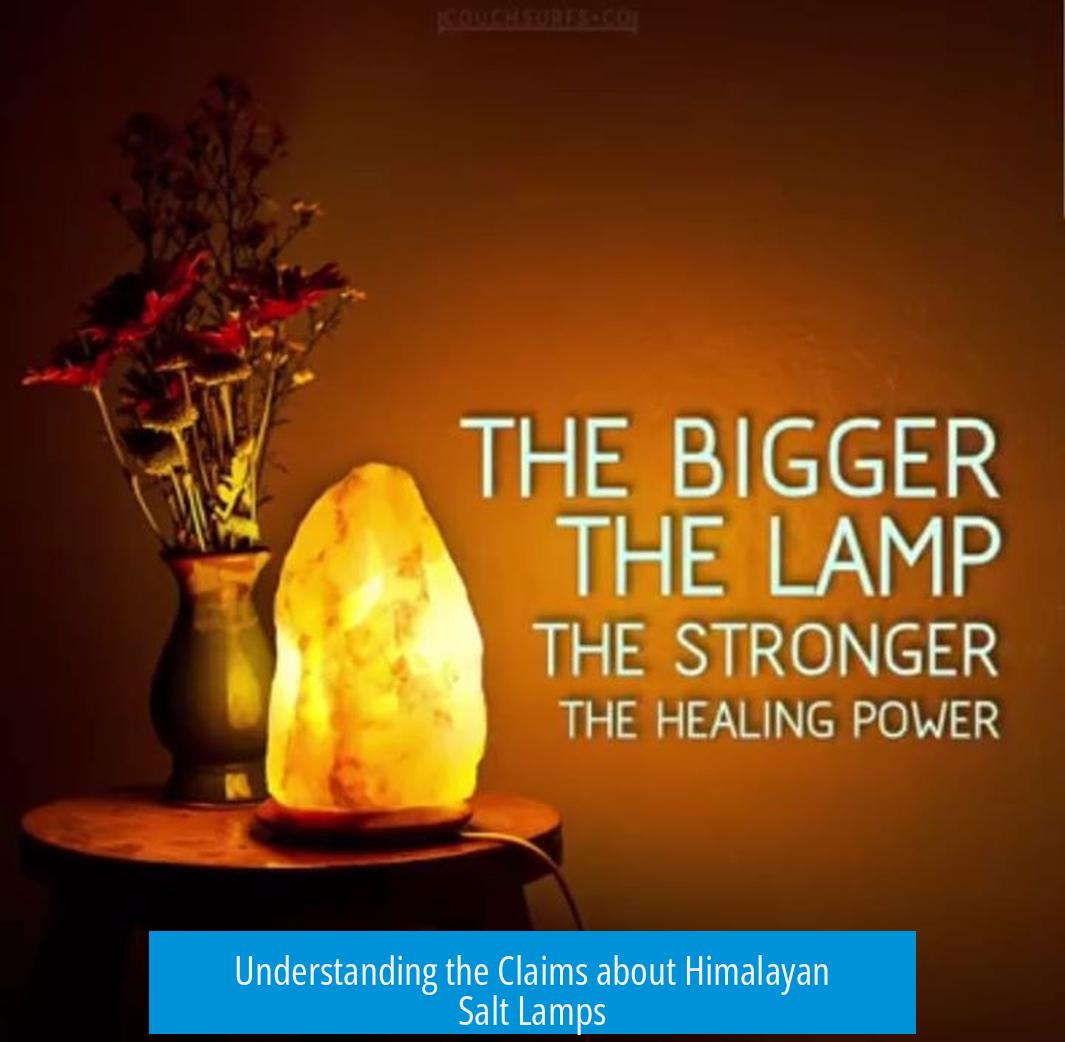
Manufacturers and marketers of Himalayan salt lamps often promote them as devices that emit negative ions. These ions are supposed to counteract the effects of “positive ions,” which are claimed to come from electronic devices, pollution, and indoor environments. The suggested benefits range from improved air quality and better mood to reduced dust and allergens.
Despite these claims, the scientific basis for negative ion emission by these lamps is fundamentally flawed. The source material—rock salt or sodium chloride—does not have the physical or chemical properties necessary to generate or emit ions at room temperatures relevant to lamp usage.
The Nature of Negative Ions and Ion Emission
- Negative ions, or anions, are atoms or molecules that have gained electrons.
- Ion emission typically requires high energy input to overcome the substance’s work function.
- For rock salt (NaCl), ion dissociation requires extreme conditions, far beyond the heat generated by a typical Himalayan salt lamp.
- In practice, the heat inside these lamps is low, insufficient to cause any meaningful release of ions from the salt crystal.
- Any ions generated would quickly neutralize or ground themselves due to the conductive nature of the environment.
Why Negative Ion Claims Are Misleading
Claims that Himalayan salt lamps can significantly alter the ion balance in indoor air rely on misconceptions about ion physics and chemistry. Emission of ions involves processes like corona discharge or UV radiation, neither of which occur in salt lamps.
The Energy Barrier to Ion Release
An engineering perspective highlights that to eject ions from a salt crystal, energy on the order of giga-electron volts (GeV) would be needed, which is far outside the possibility of a heated lamp. Without such energy, ion emission cannot happen.
Home experiments with electrostatic sensors show no evidence of ion emission from these lamps. Metallic objects placed near the lamps do not accumulate charge, indicating no ion flow.
No Measurable Ion or Air Purification Effect

Even devices specially designed as air ionizers produce only modest ion concentrations. Himalayan salt lamps lack any specialized ionization mechanisms. Unlike true ionizers, they do not generate ozone or an appreciable number of ions. Anecdotal reports of less dust are more likely due to placebo effect or unrelated environmental changes.
The Real Properties of Himalayan Salt Lamps
Composition and Origin
Despite their name, many “Himalayan” salt lamps are not made from salt mined exclusively in the Himalayan region. Often, they use rock salt from various sources, sometimes marketed to imply exotic origins for higher sales value.
Physical and Chemical Properties
- Primarily composed of sodium chloride, a stable ionic compound.
- Highly hygroscopic in humid environments, absorbing moisture leading to surface dissolution and recrystallization of salt.
Aesthetic and Decorative Value
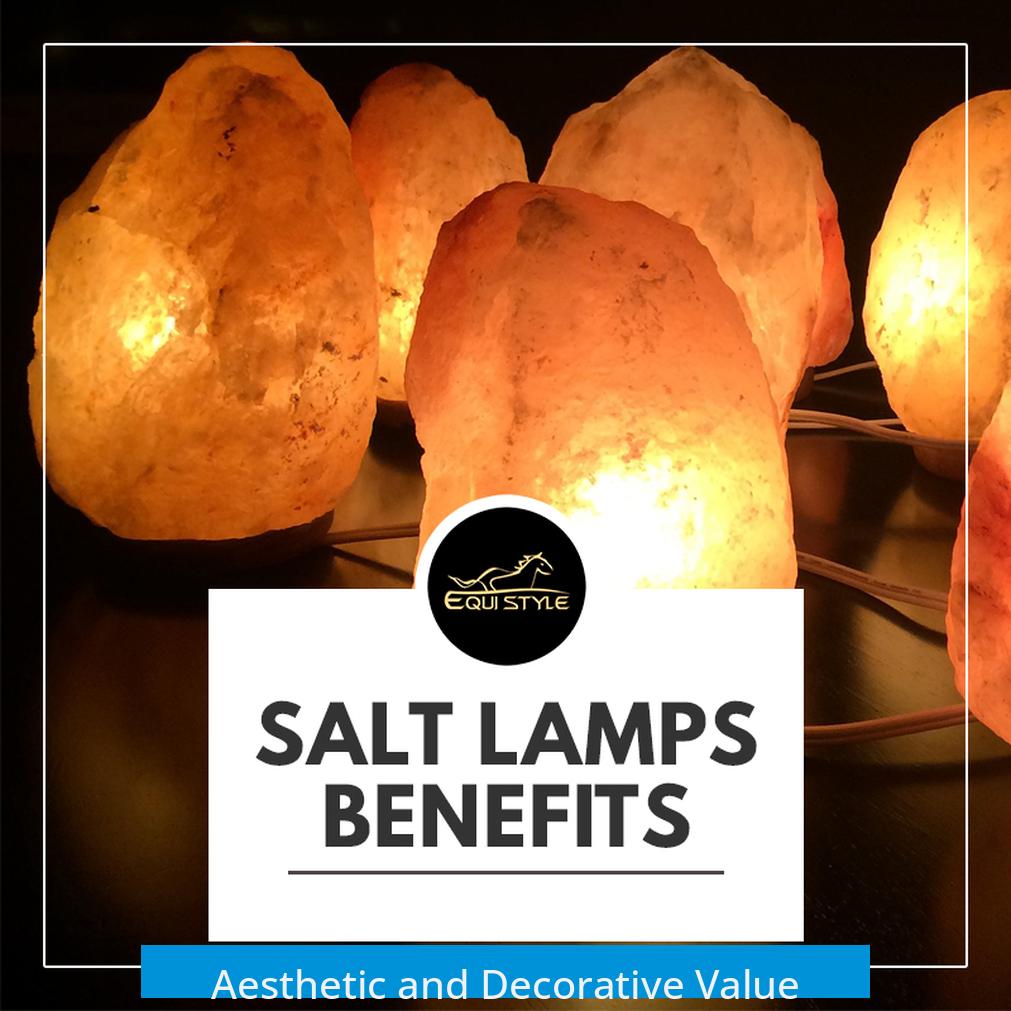
Users report that the lamps provide a warm, mellow glow similar to candles. This pleasant illumination can create a relaxing ambiance in rooms.
This subjective aesthetic effect can be beneficial for mood without relying on unproven health claims.
Potential Electrical Hazards
Some users have experienced electrical shocks or malfunctions when using salt lamps, likely due to moisture-induced corrosion of electrical components. There have been cases of fire hazards and recalls, underscoring the importance of proper inspection and safe use of such devices.
Negative Ions, Air Ionic Cleaners, and Ozone: Basic Differences
True negative ion generators and ozone-producing air purifiers operate using high-voltage corona discharge or UV light to produce ions actively. Negative ions in these devices attach to airborne particles and cause them to settle out of the air.
- Himalayan salt lamps produce no corona discharge or UV light.
- The slight warmth from the lamp’s light bulb is insufficient to generate ions.
- Ozone generation, common in some ionizers, is absent from salt lamps.
- Claims that salt kills bacteria in air via a lamp are scientifically unfounded.
Personal Experiences vs. Scientific Reality
Many people enjoy salt lamps and claim they feel calmer or that their room looks better. These subjective observations are often a result of lighting effects, the human bias toward objects that are visually appealing, or the placebo effect.
Scientific evaluation does not confirm any health-enhancing properties beyond aesthetics.
Humor and Cultural Notes

Some individuals report quirky behaviors with their lamps, such as licking the salt surface—reflecting curiosity, though not recommended. Pets sometimes show attraction to the lamp, but this is anecdotal and unrelated to ion generation.
Commercial marketing leverages cultural fascination with crystals and alternative health, often overselling or misrepresenting the scientific basis for health claims.
Marketing and Scientific Responsibility
The promotion of Himalayan salt lamps often includes pseudoscientific claims that lack empirical support. This approach can mislead consumers and undermine genuine scientific literacy.
Accurate marketing should focus on the lamp’s aesthetic qualities without attributing unverifiable health benefits.
Consumers deserve transparency about what these lamps can and cannot do.
Summary: Key Takeaways on Himalayan Salt Lamps and Negative Ions
- No credible evidence shows Himalayan salt lamps emit negative ions capable of improving air quality or health.
- Generating free ions from salt crystals requires energy not supplied by typical lamp operation.
- Claims of ion emission and associated health benefits are based on misunderstandings or false science.
- The lamps’ primary value lies in decorative, tranquil lighting rather than medicinal effects.
- Salt lamps may attract moisture, causing salt dissolution, and potentially electrical hazards.
- True air ionizers and ozone generators use different technology and can produce ions and ozone; salt lamps do not.
- Marketing should emphasize aesthetics without unsupported health claims to maintain consumer trust.
As a Chemist, I Have Huge Problems with These Himalayan Salt Lamps and Their Supposed Health Benefits Because of NEGATIVE IONS
Let’s cut to the chase: Himalayan salt lamps do NOT emit enough negative ions to make a difference in your health or air quality. The flashy claims about purifying the air, reducing stress, or neutralizing “positive ions”? Pure bunk. As a chemist who’s spent hours scratching their head over this, I find these so-called “health benefits” scientifically unsound, if not downright misleading.
But don’t toss your little glowing salt rock just yet. They do look nice, and that mellow amber glow can be a pleasant addition to your room. Let’s break down why the whole “negative ion magic” story doesn’t hold water — or should I say, salt.
The Myth of Negative Ion Emission: What’s Actually Happening?
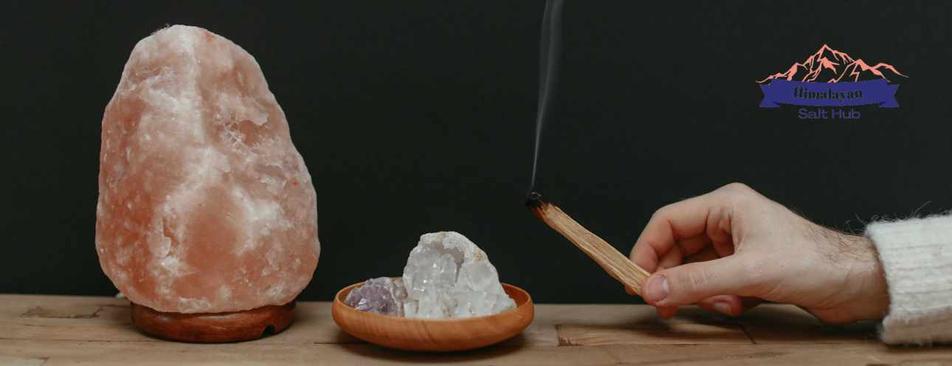
Negative ions are atoms or molecules that have gained electrons. Some air ionizers generate these ions intentionally to help remove dust or allergens. The idea is that negative ions attach to pollutants, making them heavier so they fall to the ground. But do Himalayan salt lamps do this? Nope.
From a chemical standpoint, ejecting ions from a salt lamp requires enormous energy—on the scale of giga-electronvolts (GeV). To put that in perspective, ordinary household lamps don’t come close to providing that. The salt rock itself isn’t an ion emitter; it’s just a chunk of rock salt.
Engineering students and scientists alike can measure ion emission using electrostatic sensors. These sensors typically show that Himalayan salt lamps emit no detectable ions at all. Without ion emission, expecting such lamps to purify your indoor air or change your mood through ion generation is wishful thinking.
Negative Ions vs Positive Ions: The Ion Drama
Claims often focus on the lamps removing “nasty positive ions” from the air. The idea behind this is that positive ions (allegedly from electronic devices or pollution) cause issues like fatigue or stress, and negative ions counteract this.
Reality check: Even if these lamps emitted ions, the volumes would be minuscule, nowhere close to what certified air ionizers or ozone generators produce. Ozone generators create ozone (O3) using high voltage or UV light — substances known for killing bacteria but also harmful to breathe. Himalayan salt lamps don’t generate ozone nor negative ions in meaningful amounts.
Bottom line: Your lamp isn’t zapping away the “bad vibes” or pollutants.
What About the Air Purification Claims? Salt Kills Bacteria, Right?
Many people assume salt kills bacteria; after all, salt is used to preserve food. But a solid chunk of salt in a lamp doesn’t scatter salt particles into the air, so it won’t disinfect your room. To have an antimicrobial effect, salt needs to be dissolved in water or directly applied.
Some owners report no noticeable decrease in dust or allergens around their salt lamps. Others jokingly ask, “Does it make the air salty enough to taste?” Spoiler: It doesn’t.
Personal Tales from the Salt Side
Now, the salt lamps aren’t all doom and gloom. Here’s where subjectivity kicks in. Many users appreciate these lamps purely for their warm glow and decor value.
- I had a friend who said the lamp’s gentle, flickering amber light *feels* relaxing after a long day, even if it’s not scientifically magical.
- Another shared how, living in humid Florida, the lamp’s surface would dissolve and recrystallize in fascinating patterns — a little natural science experiment right at home.
- Yet, not all experiences are positive. One fellow confessed he got a mild electric shock when turning on his lamp — yikes! This brings up safety concerns often overlooked.
- And yes, pets seem to love them. Families report cats lounging near their lamps, basking in the warm light.
At the same time, fire hazards have led to recalls of some lamps. These reportedly faulty lamps present risks, especially in kids’ rooms. So, don’t just buy any salt lamp from a roadside vendor without checking for certifications.
The Marketing Mirage: Selling Dreams, Not Facts
The marketing behind Himalayan salt lamps often rides the wave of “new age” vibes mixed with selective science-speak. Fake claims about ion emission and health benefits not only mislead customers but also disrespect genuine holistic wellness efforts.
As some commenters put it, the salt lamps would be perfectly fine as “cool, glowing chunks of salt” without adding grandiose health claims. Why complicate it with pseudoscience? Selling on aesthetics alone would respect consumer intelligence more.
One chemistry enthusiast compared this marketing tactic to other products touted on unproven science — not inherently harmful, just frustrating. Especially when buyers spend hundreds of dollars expecting medical-grade treatment from a desk lamp.
Origin Stories: Not Even From the Himalayas
Despite their name, most Himalayan salt lamps don’t come from the Himalayas proper. Instead, they’re typically mined from at least moderately distant salt deposits. The “Himalayan” label is more branding than geography. It’s like calling every coffee maker a “Colombian coffee brewer” just because Colombia is famous for coffee — misleading but effective marketing.
So If They Don’t Emit Ions, What Does a Salt Lamp Actually Do?
Simply put, it offers **ambient light** — a warm, orange-pink glow. This can mimic candlelight or a fireplace mood. Mood lighting can be powerful in calming anxiety or stress, but this effect comes from the light itself, not mysterious ions or purifying actions.
Plus, salt lamps may add slight humidity regulation due to salt’s hygroscopic nature (it attracts water). In very humid climates, your lamp may sweat or recrystallize, which might be interesting but doesn’t change the air quality dramatically.
Practical Tips for Salt Lamp Enthusiasts (Without Falling for False Claims)
- Enjoy your salt lamp for its aesthetics, not air purification or health benefits.
- Keep it dry and away from moisture to avoid salt dissolving and electrical hazards.
- Check your lamp for recalls or safety warnings before plugging in.
- Don’t rely on salt lamps as medical devices — if you want better air quality, invest in a HEPA filter or a certified air ionizer.
- If you like the idea of negative ions, research credible ionizers instead of trusting gift-shop trinkets.
Final Thoughts: The Chemistry of Truth
Science isn’t about killing ideas — it’s about questioning claims and testing evidence. Himalayan salt lamps, charming as they are, fail to deliver scientifically backed negative ion benefits. They don’t emit ions at anything measurable. Their health claims are a classic case of marketing bluff wrapped in pretty pink salt.
That said, if the lamp brightens your mood because it looks nice on your desk, that’s a valid, simple joy. Just don’t pay a premium for imagined wellness perks. This is where honesty is key.
So next time you see a glowing rock of salt advertising “negative ions” as a superpower, remember: the real magic is in the warm light it casts, not in mythical ion emissions.
Q1: Do Himalayan salt lamps actually emit negative ions that improve health?
No. The amount of energy needed to eject ions from salt is extremely high, far beyond what these lamps provide. Tests show they do not emit measurable negative ions or any ions at all.
Q2: Can Himalayan salt lamps clean the air or reduce dust?
There is no scientific evidence that they purify air or reduce dust levels. Unlike proper ionizers or ozone generators, salt lamps do not emit enough ions to affect air quality.
Q3: Are the health claims about Himalayan salt lamps based on valid science?
Most health claims are not based on credible science. They rely on misleading marketing that falsely associates the lamps with benefits from negative ions.
Q4: What are the real effects or benefits of using a Himalayan salt lamp?
They serve as aesthetic or decorative objects that emit a warm glow. Some users find the light calming, but these effects are psychological and not related to ion emission.
Q5: Are there any safety issues with Himalayan salt lamps?
Yes, some models have been recalled due to fire hazards. Also, in humid environments, salt can dissolve and recrystallize, potentially affecting electrical parts or surfaces.


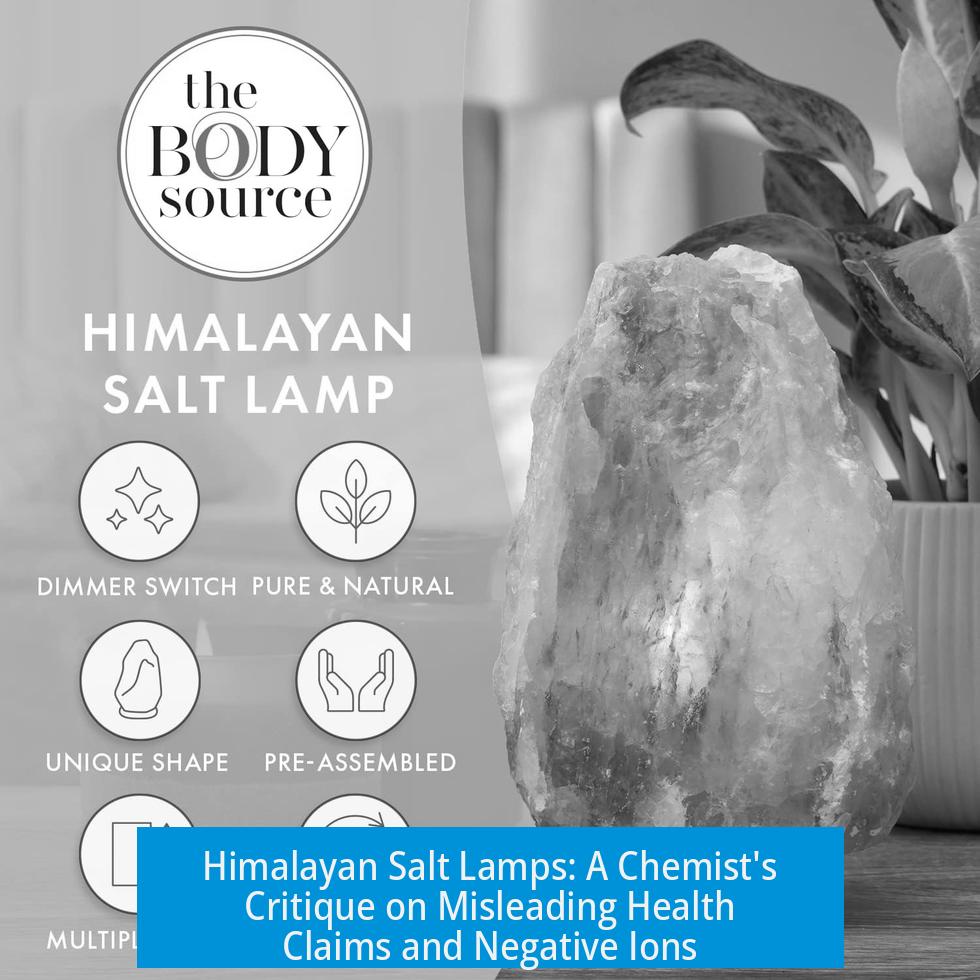

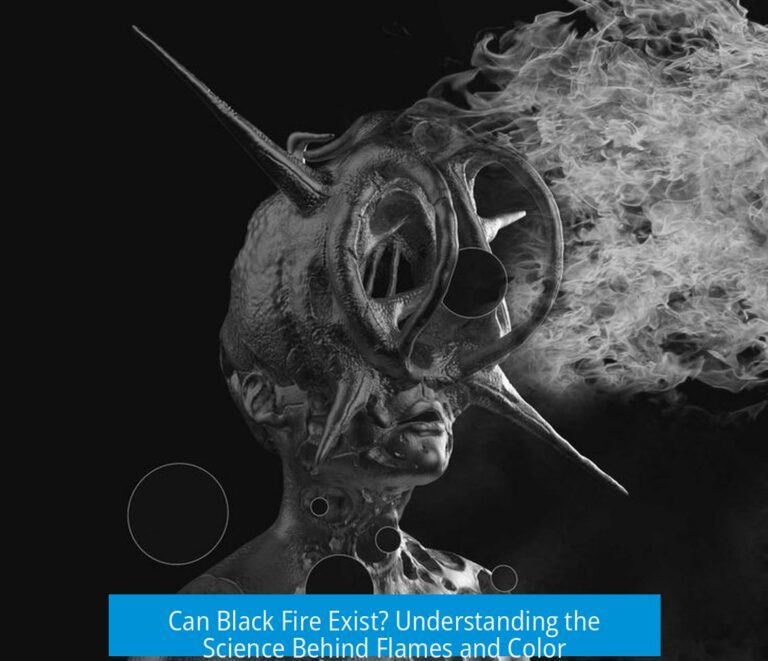
Leave a Comment